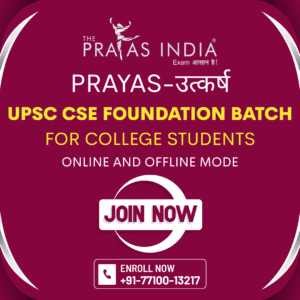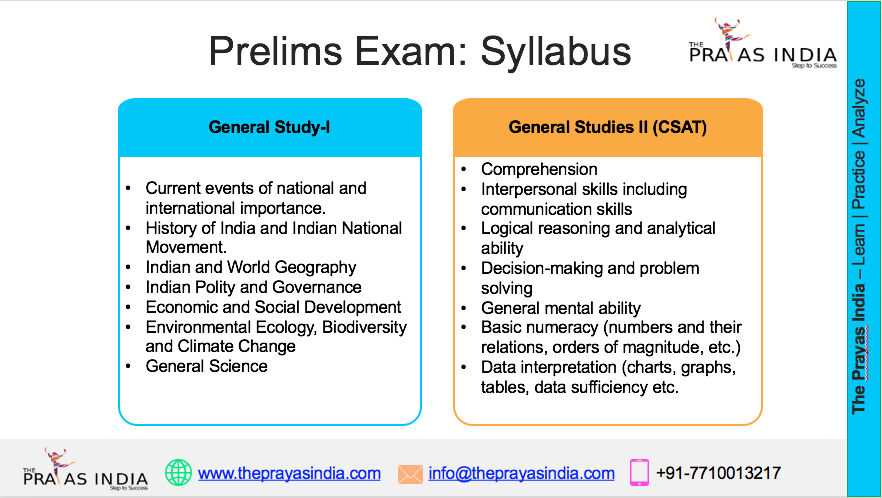Ayodhya Ram Mandir, believed to be Lord Rama’s birthplace, holds centuries of history and cultural significance. Following a 2019 Supreme Court verdict, construction began in 2020, with the inauguration scheduled for January 22nd, 2024. This article explores the history of the Ram Mandir, past court decisions, its architecture, and its cultural, economic, and social significance. This information is crucial for UPSC aspirants.
Why in the news?
It marked the end of a 200-year-old religious and political conflict over the site in Ayodhya, which held significance for both Hindus and Muslims.
Date: January 22, 2024
Event: “Pran Pratishtha” ceremony marking the consecration of the Ram Mandir in Ayodhya, Uttar Pradesh
Significance: Completion of a centuries-old religious and cultural journey for Hindus in India
Highlights: Ceremony led by Prime Minister Narendra Modi
The temple was designed in the Nagara style of architecture
Ramayana story is widely recognized beyond India, including Southeast Asia, South America, and Africa

Background History Of Ayodhya Ram Mandir
Origins of the Dispute:
1529: The Babri Mosque is constructed in Ayodhya, Uttar Pradesh, by Mir Baqi.
Centuries of Contention: A significant portion of Hindus believe the site to be the birthplace of Lord Ram (Shri Ram Janmabhoomi). This belief has fueled disagreements regarding ownership for centuries.
Escalating Legal Battle:
1950s: Sporadic incidents of tension and religious fervor.
1959: The Nirmohi Akhara, a Hindu ascetic order, files a lawsuit claiming ownership of the Ram Janmabhoomi.
1961: The Sunni Waqf Board, responsible for managing Muslim religious properties, files a counter-suit claiming ownership of the mosque.
1989: Senior advocate Deoki N. Agarwal files a suit on behalf of Lord Ram, representing the belief in the deity’s ownership.
1990s: The Allahabad High Court consolidates all lawsuits into a single case, bringing all parties to the table.
L.K. Advani’s politically charged chariot journey (Rath Yatra) inflames tensions and mobilizes Hindu support for the Ram Janmabhoomi movement.
Climax and Aftermath:
December 6, 1992: A large group of Hindu activists (Karsevaks) demolish the Babri Mosque, triggering widespread violence and communal riots across India.
1993: To maintain peace and control the situation, the government acquires 67.7 acres of land surrounding the disputed site through an ordinance.
2002: The protracted legal battle commences in the Allahabad High Court’s Lucknow bench.
2019: The case reaches the Supreme Court, igniting renewed attention and anticipation.
The Court orders court-monitored mediation in an attempt to reach an amicable settlement.
After mediation efforts failed, the Supreme Court delivered its historic verdict in November.
Supreme Court Verdict and Resolution:
The court reached its decision based on evidence presented in a study by the Archaeological Survey of India (ASI), which revealed that within the construction of the now-demolished Babri mosque, there were evidence of a “non-Islamic” structure.
The Court, awards the disputed 2.77-acre land to the deity Ram Lalla, acknowledging the site’s religious significance.
Recognizing the claims of the Muslim community, the Court directs the allocation of five acres of alternate land in a prominent location within Ayodhya for the construction of a new mosque.
This verdict, while ending the decades-long legal battle, carries immense socio-political significance and continues to be debated and analyzed.
Architecture of Ayodhya Ram Mandir
- Standing tall in the holy city of Ayodhya, the Ram Mandir embodies a rich blend of faith and architectural splendor. Adhering to the traditional Nagara style, its magnificent spires, known as shikhara, soar 161 feet, symbolizing spiritual ascent.
- Crafted from stunning pink sandstone, the temple complex spans a vast 2.77 acres. Within its serene courtyard, the central shrine is flanked by smaller sanctuaries dedicated to various deities, catering to diverse devotional needs.
- However, the heart of the temple lies in the revered Shaligram stone – a black stone believed to represent Lord Ram himself. This sacred stone, brought specially from the holy Gandaki River in Nepal, further deepens the temple’s spiritual significance.
- Spread across three distinct floors, each serving a unique purpose, the Ram Mandir caters to a variety of needs. The ground floor serves as a haven for devotees dedicated to Lord Ram, while the second floor honors the unwavering devotion of Lord Hanuman. Ascend to the third floor and embark on a journey through time, exploring the rich history and vibrant culture of Ayodhya through a dedicated museum.
- Beyond the central temple, the complex extends its services to the community. A designated yajnashala facilitates traditional Hindu fire rituals, while a community kitchen nourishes souls and a medical facility ensures well-being.
- Envisioned to become a thriving cultural and religious hub, the Ram Mandir complex spans a total of 67 acres, poised to attract countless devotees from across the globe.
Key details for further understanding:
- The Ram Mandir Ayodhya (temple) boasts 392 intricately carved pillars and 44 ornate gates.
- Each of its three floors stands proudly at 20 feet tall.
- The main sanctum houses a child form of Lord Ram, known as Shri Ram Lalla Sarkar, with the first floor featuring the magnificent Shri Ram Darbar.
- Entry to the temple is from the east side, requiring a climb of 32 steps from the imposing Singhdwar gateway.
- Surrounding the main temple, four smaller shrines dedicated to esteemed deities enrich the spiritual landscape. The Sitakoop waterbody also holds significance in the vicinity.
Significance of Cultural, Economic, and Social Implications:
- Religious Significance: The completion of the Ram Mandir Ayodhya is viewed by many Hindus as a significant religious event, potentially offering closure to a long-standing dispute. However, it’s important to acknowledge that different perspectives exist, and their impact on religious harmony across the country remains to be seen.
- Cultural Significance: Ayodhya and the Ram Mandir hold deep cultural significance for many Indians, representing centuries of history and heritage. The construction of the temple can be seen as a step towards celebrating and preserving this heritage, although historical interpretations and cultural perspectives vary.
- Societal Benefits: The temple complex is expected to attract numerous charitable institutions, potentially leading to increased social service activities in the region. However, the scale and nature of this impact is yet to be determined.
- Economic Potential: As a major pilgrimage site, the Ram Mandir has the potential to boost tourism in Ayodhya. This surge in tourism could stimulate economic growth and job creation in the region, although the long-term economic impact remains to be observed.
- Infrastructural Development: The Ram Mandir project has spurred infrastructural development in Ayodhya, with plans for improved roads, airports, and potentially some industries in the region. However, the timeline and impact of these projects require further.
Conclusion | Ram Mandir
In conclusion, the Ram Mandir is not just a religious temple; it’s a mix of faith, history, and impressive architecture. The temple is a powerful symbol of Lord Rama’s lasting influence and the unity of our nation. As the temple is set to guide the spiritual and cultural dreams of future generations, its construction marks the beginning of a renewed cultural era in India. This topic is crucial for those preparing for UPSC and other competitive exams, showcasing our rich heritage and cultural revival. For UPSC aspirants, our website offers free resources, expert guidance, answer writing support, study materials, and more to aid your preparation. Visit our website ThePrayasIndia to access these helpful tools for a smoother UPSC preparation journey.
🌐 For Daily Current Affairs: Click here
📖 For Daily Updates and Study Material: Click here
🖋️ For Mains Answer Writing Practice: Click here




![Prayas-तेजस [UPSC CSE Sociology Optional] – Online & Offline](https://theprayasindia.com/wp-content/uploads/2025/09/Prayas-तेजस-UPSC-CSE-Optional-Subject-The-Prayas-India-300x300.png)
![Prayas-सूत्र [UPSC CSE Materials (Hardcopy)]](https://theprayasindia.com/wp-content/uploads/2025/09/Prayas-सूत्र-UPSC-CSE-Study-Materials-Hardcopy-The-Prayas-India-300x300.png)
![Prayas-मंत्रा [UPSC CSE CSAT]](https://theprayasindia.com/wp-content/uploads/2025/09/Prayas-मंत्रा-UPSC-CSE-CSAT-The-Prayas-India-300x300.png)
![Prayas सारथी [UPSC CSE One on One Mentorship]](https://theprayasindia.com/wp-content/uploads/2025/09/Prayas-सारथी-UPSC-CSE-One-on-One-Mentorship-The-Prayas-India-300x300.png)










